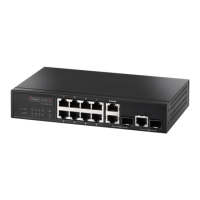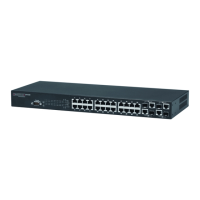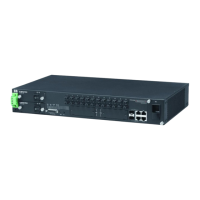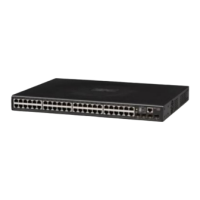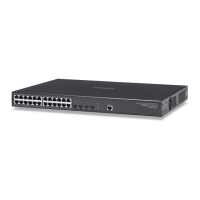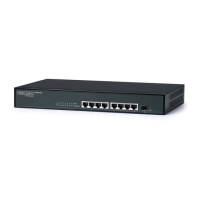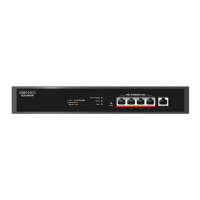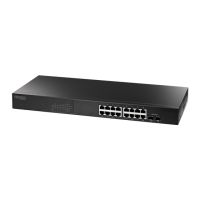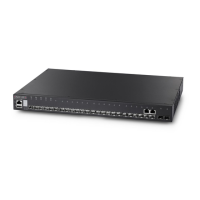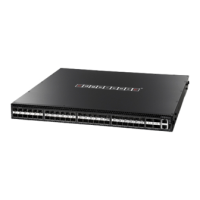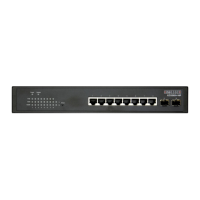C
HAPTER
15
| Basic Administration Protocols
Link Layer Discovery Protocol
– 372 –
■
System Description – The system description is taken from the
sysDescr object in RFC 3418, which includes the full name and
version identification of the system's hardware type, software
operating system, and networking software.
■
System Name – The system name is taken from the sysName
object in RFC 3418, which contains the system’s administratively
assigned name. To configure the system name, see "Displaying
System Information" on page 99.
◆ 802.1 Organizationally Specific TLVs – Configures IEEE 802.1
information included in the TLV field of advertised messages.
■
Protocol Identity – The protocols that are accessible through this
interface (see "Protocol VLANs" on page 184).
■
VLAN ID – The port’s default VLAN identifier (PVID) indicates the
VLAN with which untagged or priority-tagged frames are associated
(see "IEEE 802.1Q VLANs" on page 165).
■
VLAN Name – The name of all VLANs to which this interface has
been assigned (see "IEEE 802.1Q VLANs" on page 165 and
"Protocol VLANs" on page 184).
■
Port and Protocol VLAN ID – The port-based protocol VLANs
configured on this interface (see "IEEE 802.1Q VLANs" on page 165
and "Protocol VLANs" on page 184).
◆ 802.3 Organizationally Specific TLVs – Configures IEEE 802.3
information included in the TLV field of advertised messages.
■
Link Aggregation – The link aggregation capabilities, aggregation
status of the link, and the IEEE 802.3 aggregated port identifier if
this interface is currently a link aggregation member.
■
Max Frame Size – The maximum frame size. (See "Configuring
Support for Jumbo Frames" on page 102 for information on
configuring the maximum frame size for this switch
■
MAC/PHY Configuration/Status – The MAC/PHY configuration
and status which includes information about auto-negotiation
support/capabilities, and operational Multistation Access Unit (MAU)
type.
WEB INTERFACE
To configure LLDP interface attributes:
1. Click Administration, LLDP.
2. Select Configure Interface from the Step list.
3. Set the LLDP transmit/receive mode, specify whether or not to send
SNMP trap messages, and select the information to advertise in LLDP
messages.
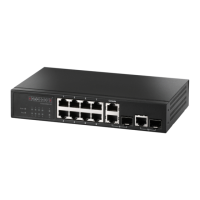
